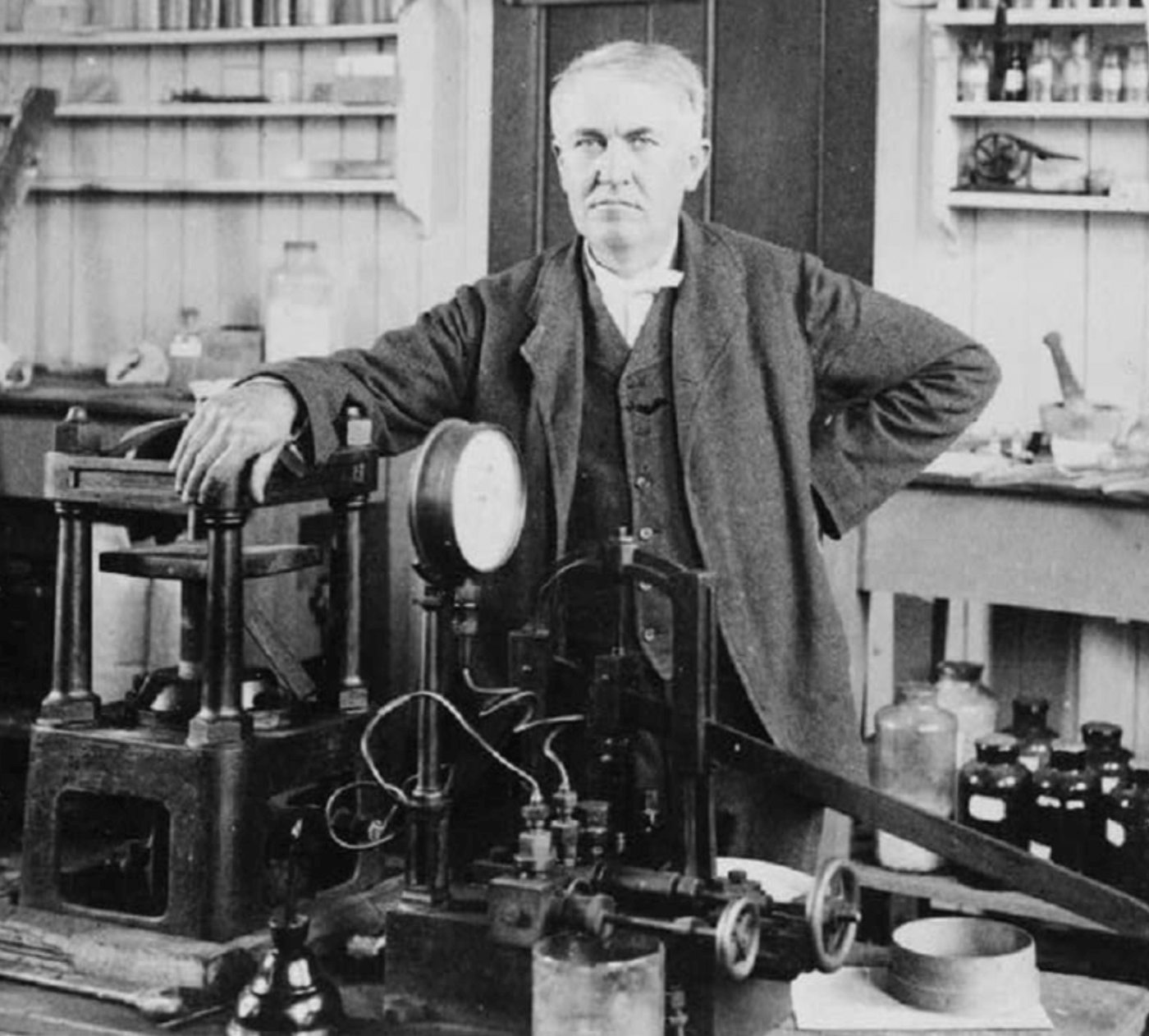Thomas Edison invented moving pictures back in 1890 with the Kinetograph. Non-linear video editing didn't come until the late 1980's. Crazy to think that it’s been just over 130 years since the earliest days of this world-changing technology.
Furthermore, it wasn’t until the early 1900’s that these moving pictures met scissors and tape for the earliest film editing on record. Film continued to evolve in the decades to follow with the invention of Technicolor, the Moviola and flatbed editing systems like the Steenbeck.
Image from: Steenbeck
By the 1950’s, the television industry started to shift to video tape, and by the early 1970’s, computers started to enter the equation. The first non-linear editing (NLE) software to gain popularity came from Avid in 1989. Non-linear editing was revolutionary because it was non-destructive to the original source material. Simply put - that meant each edit decision had way less gravity. If an editor wanted to change their mind, they didn’t have to worry about any damage done to the footage. The technology was still in its infancy though and as a result, it came with a significant cost. The Avid/1 was an integrated hardware/software solution hosted on an Apple Mac IIx computer with a base price of $50,000. That solution came with FIVE MEGABYTES of RAM, and the fully maxed out configuration with FOUR GIGABYTES of high-speed disk storage cost $80,000. After buying additional Avid storage drives, post-production shops could be investing well over $100k for a complete system.
Image from: Master The Workflow
Fast forward to 1991 and a developer named Randy Ubillos single-handedly authored the first version of Adobe Premiere - initially sold as Mac software at just $495 for a perpetual license (which later increased to $695 with the release of Version 2.0). At that time, the feature set was still extremely limited and Hollywood studios were mainly using Premiere as a pre-visualisation tool. It wasn’t until later versions that the editing feature set became more developed and the software evolved into Premiere Pro. Believe it or not, that same developer lead the development for the first version of Final Cut Pro that debuted in 1998.
Image from Apple Insider
In the early 2000’s - software-only NLE systems began to hit their stride. While Avid was still firmly controlling most video editing done in the TV/Film industries, Adobe and Apple were quickly capturing the aspirational portion of the market. Schools began to equip their computer labs with Adobe Premiere or Final Cut Pro so that young students could learn the basics of filmmaking. Avid recognized the threat of these software-only tools and finally decoupled their software from required hardware in 1994 - which marked the beginning of the NLE wars.
As Avid, Adobe and Apple fought for market share in the early 2000’s - another piece of popular software in the professional community started to undergo some major chances. In 2009, DaVinci Resolve was acquired by Blackmagic Design - a company known for its prosumer broadcast hardware quickly gaining a footing in pro broadcast communities. Resolve initially gained traction as a very high-end and specialized suite of color tools with pricing ranging from $200k all the way up to $800k. Within a couple of years, the Blackmagic team moved to a freemium model with the software and started to build out features to make the software a much more complete NLE offering.
Today, content creators have more cost-effective tools than ever to choose from. When it comes to video editing - Avid Media Composer, Adobe Premiere Pro, Apple’s Final Cut Pro and DaVinci Resolve all have relatively accessible pricing for desktop editors - and some powerful editing tools like LumaFusion or GoPro’s Quik have gained traction on iOS devices. It was even announced recently that DaVinci Resolve will be coming to iPad.
As we consider how far video editing has come, it’s hard not to think about what comes next. Of course more people are creating content than ever before - and apps like TikTok even have some video editing capabilities built in. As machine learning and artificial intelligence continue to progress, there is no doubt that we’ll see more of that technology creep into these offerings. What a time to be alive!
Ultimately, there are a million ways to create beautiful and engaging video content so the end result will depend on your creativity and vision. As creators capture footage in higher resolutions like 4k, 6k or 8k - storage is one of the newer challenges to confront. Feel free to check out our full line of Atom SSD’s to ensure that your storage device can keep up with your editing needs.




